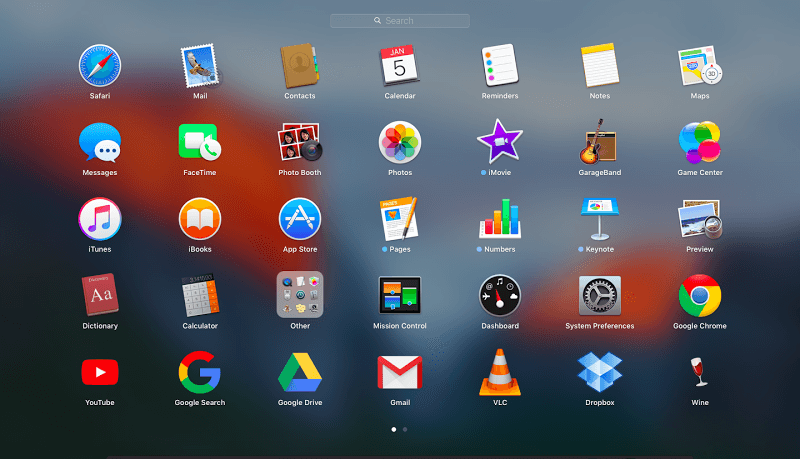
I've tested it on OS X 10.11 and XCode 7.3. Here's the solution that works well for me, and should work with any OS X and XCode versions. Not all of them address what is my number one issue, and what seems to be the asker's priority, as well: The ability to launch from Spotlight. Click the icon in the upper left corner and do Cmd-V to pasteĪs the multitude of answers indicate, there are lots of different ways to address this issue.Right click your Automator app and choose Get Info.Click the icon in the upper left corner and do Cmd-C to copy it.Right click iOS Simulator.app and choose Get Info.To get a nice icon for the Automator app you just made, you can do the following: Finally, save this Automator app in your applications folder as iOS Simulator.app./Applications/Xcode.app/Contents/Developer/Applications/Simulator.app./Applications/Xcode.app/Contents/Developer/iOS Simulator.app.It will be at one of the following paths depending on your version of Xcode (oldest to newest):

So instead you'll have to navigate to it in a separate Finder window and drag it onto the file selector window.
#Ios iphone emulator mac simulator#
You can't directly select the Simulator app because it's inside the Xcode.app package.Open the dropdown of applications that can be launched and choose Other.Select Actions > Library > Utilities > Launch Application.You can get it to launch via spotlight if you create an Automator launcher for it: Which would mean you could start the iPhone Simulator from the command line with one easy-to-remember word: $ simulator (Xcode 7+): $ alias simulator='open /Applications/Xcode.app/Contents/Developer/Applications/Simulator.app' (Xcode 6+): $ alias simulator='open /Applications/Xcode.app/Contents/Developer/Applications/iOS\ Simulator.app' (Xcode 6+): $ ln -s /Applications/Xcode.app/Contents/Developer/Applications/iOS Simulator.app ~/DesktopĪs pointed out by you could also add an alias to your ~/.bash_profile: $ alias simulator='open /Applications/Xcode.app/Contents/Developer/Platforms/atform/Developer/Applications/iPhone\ Simulator.app'

You could create a symbolic-link from your Desktop to make this easier: $ ln -s /Applications/Xcode.app/Contents/Developer/Platforms/atform/Developer/Applications/iPhone\ Simulator.app ~/Desktop (Xcode 6+): $ open /Applications/Xcode.app/Contents/Developer/Applications/iOS Simulator.app

Assuming you have Xcode installed in /Applications, then you can do this from the command line to start the iPhone Simulator: $ open /Applications/Xcode.app/Contents/Developer/Platforms/atform/Developer/Applications/iPhone\ Simulator.app


 0 kommentar(er)
0 kommentar(er)
